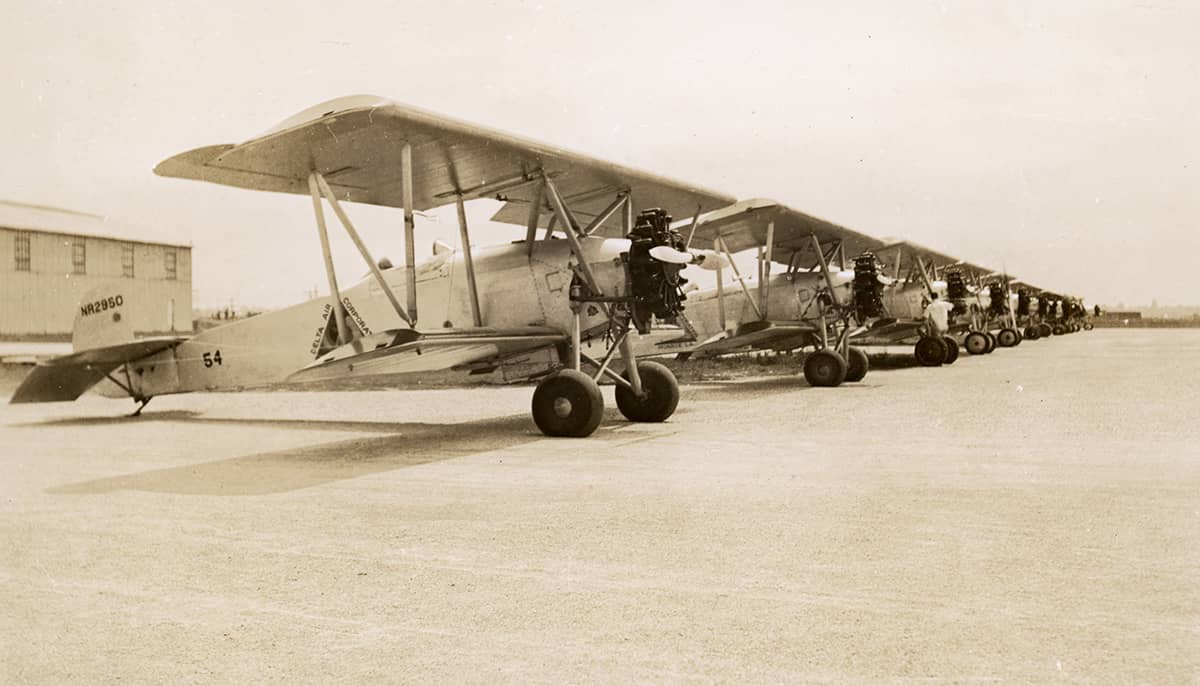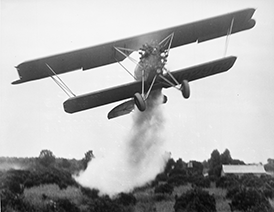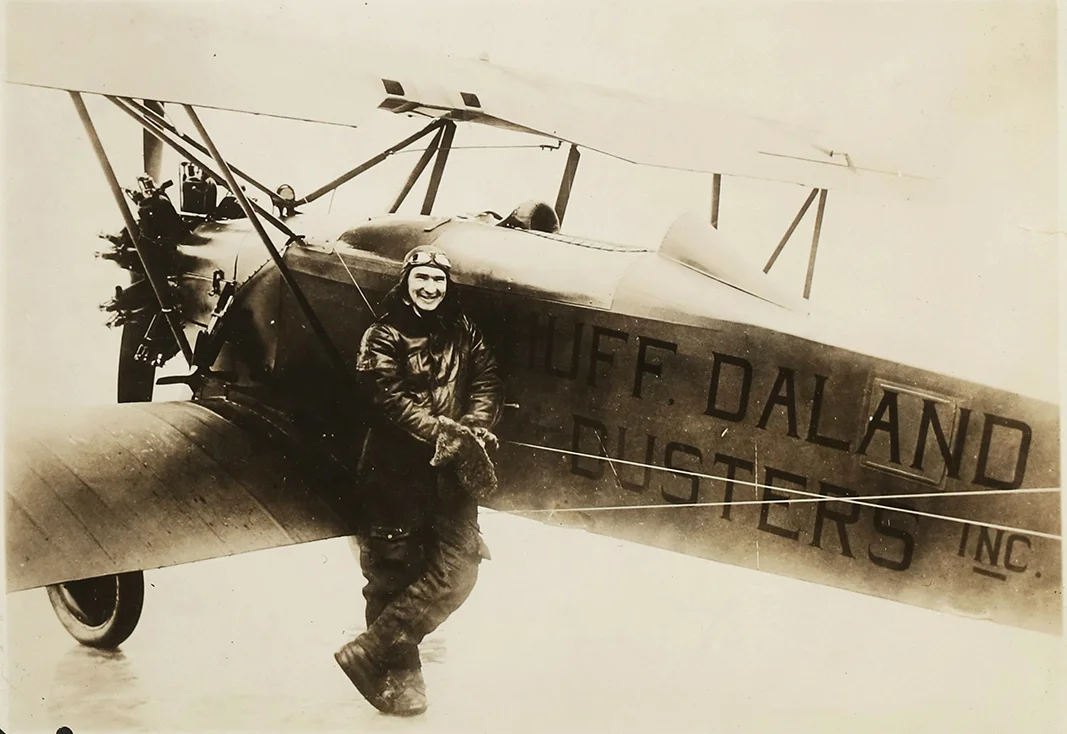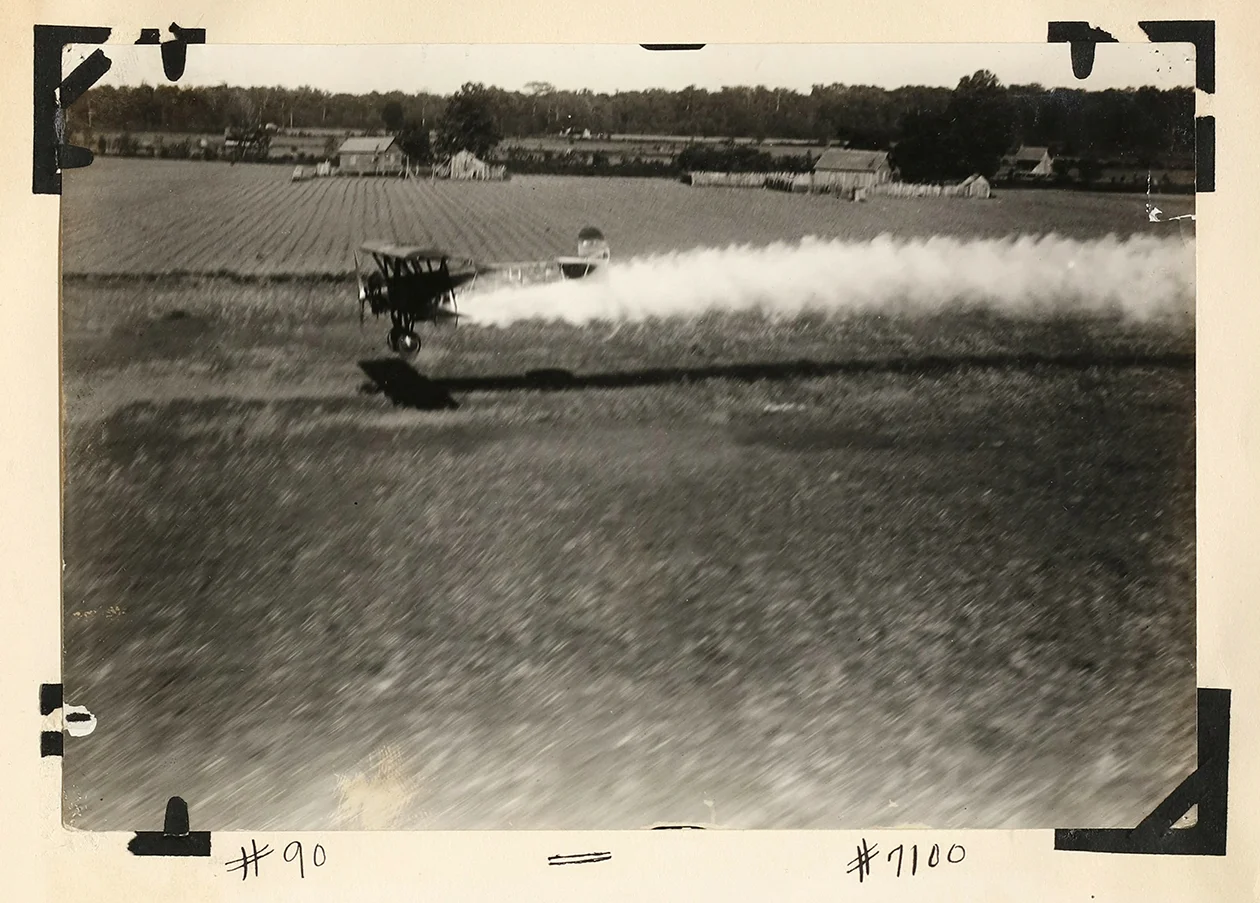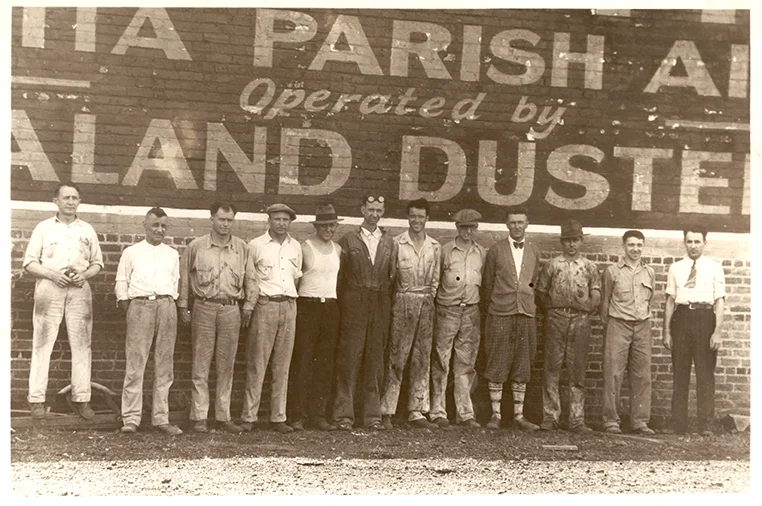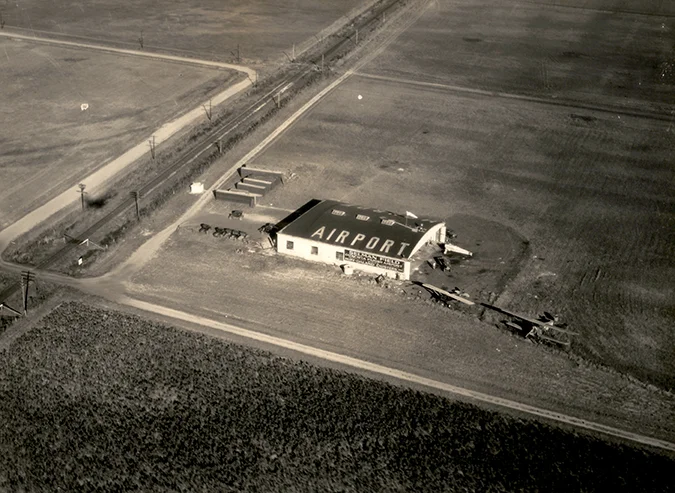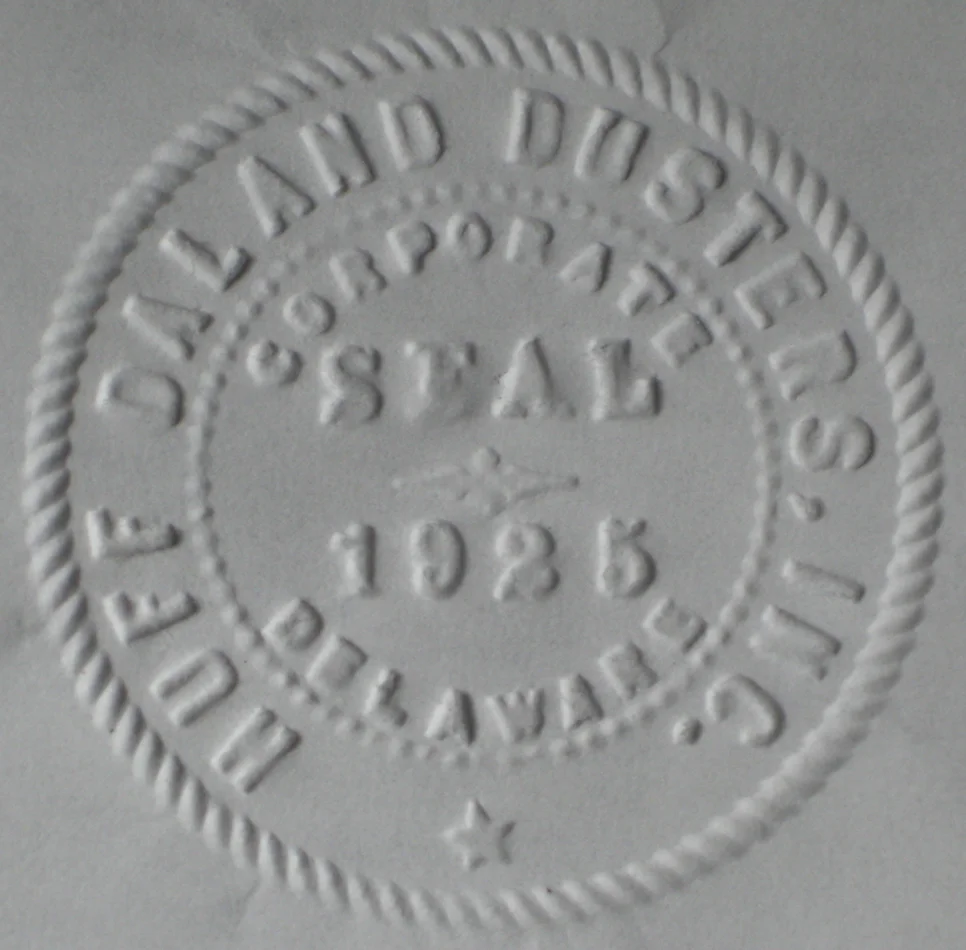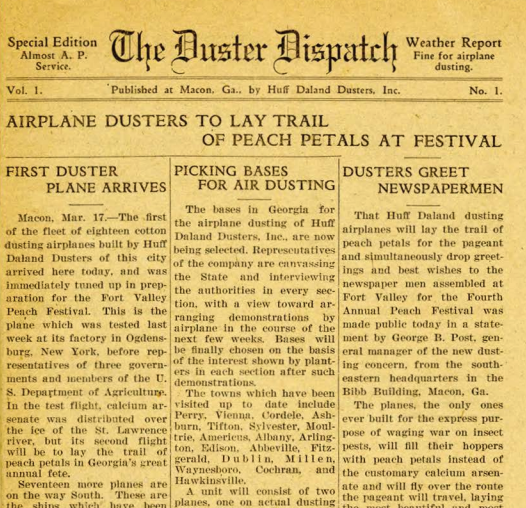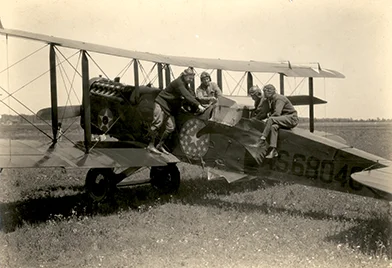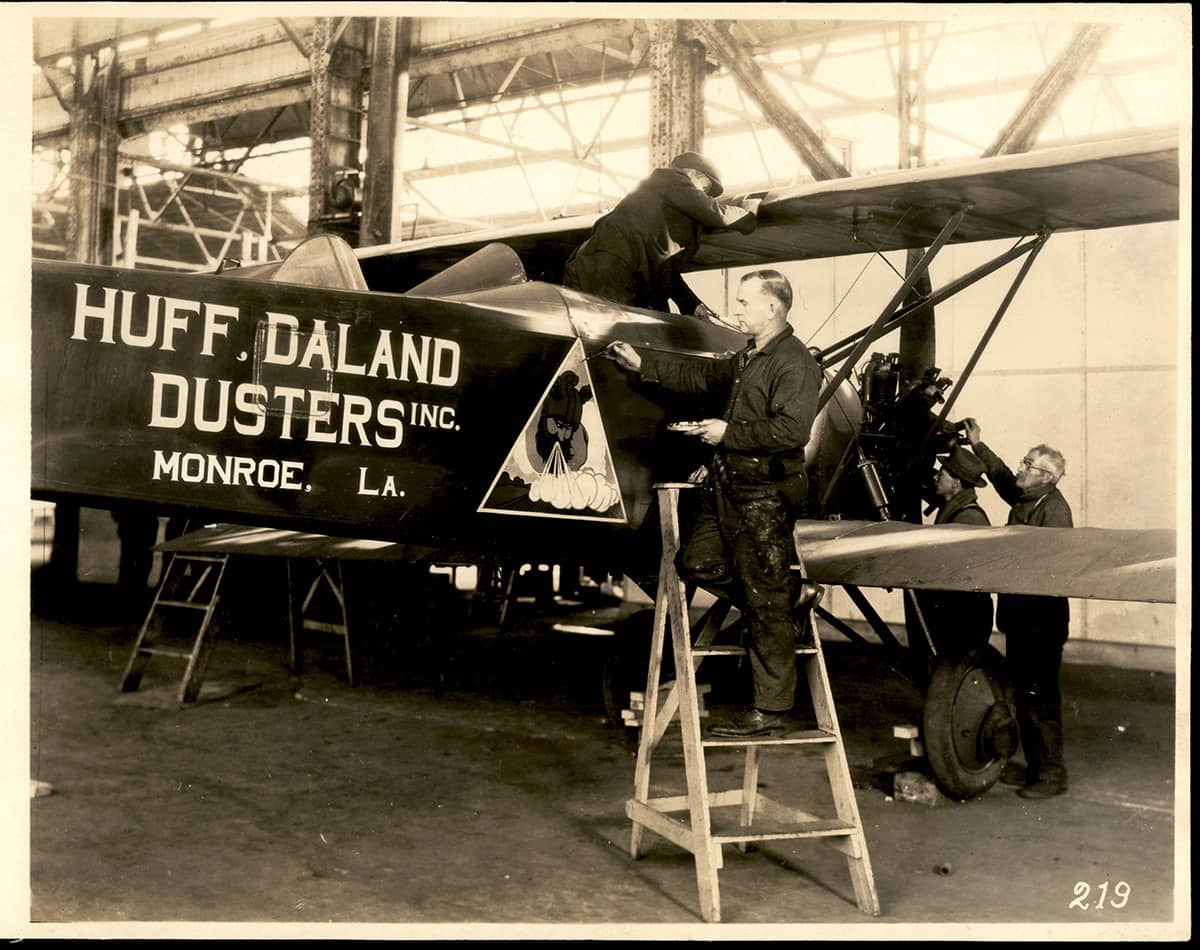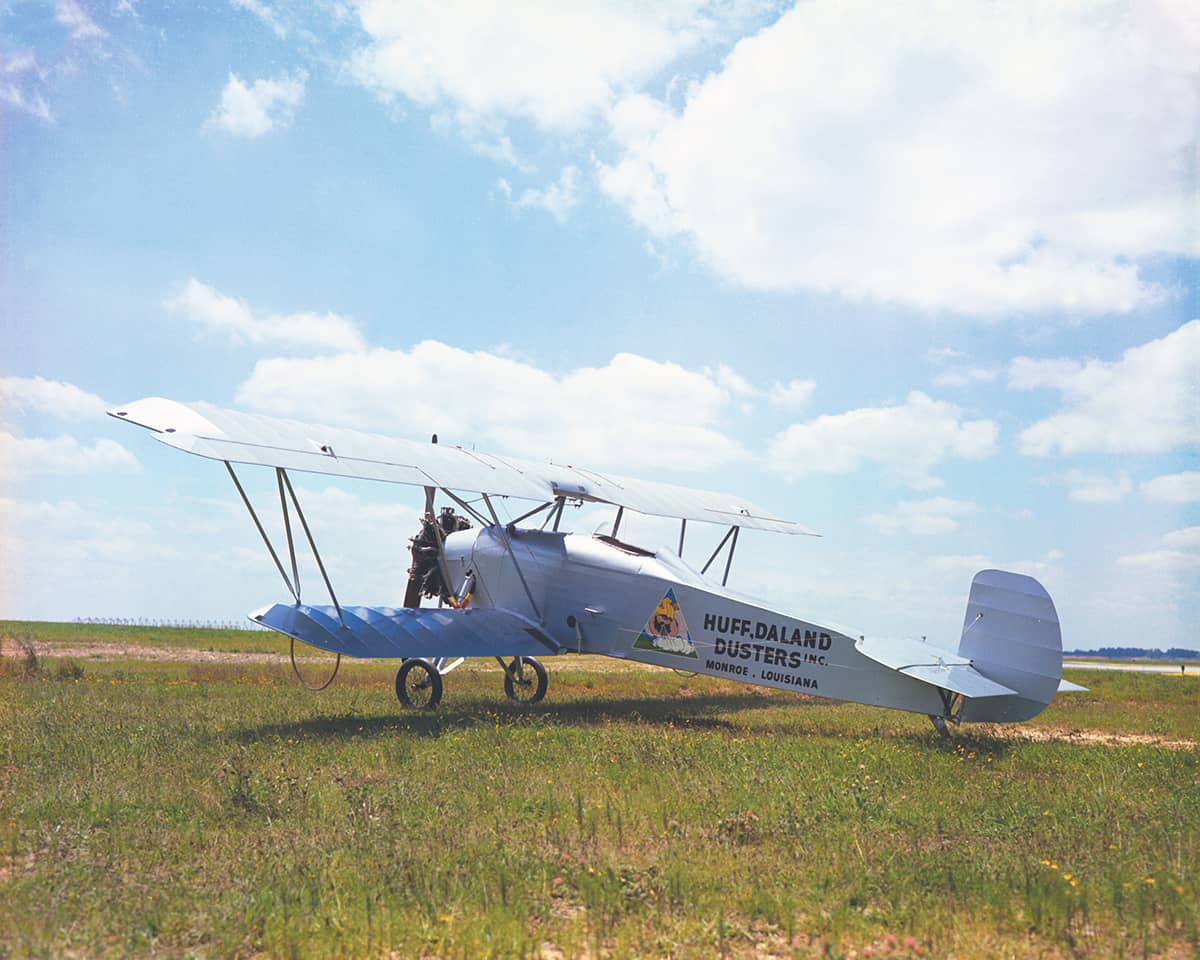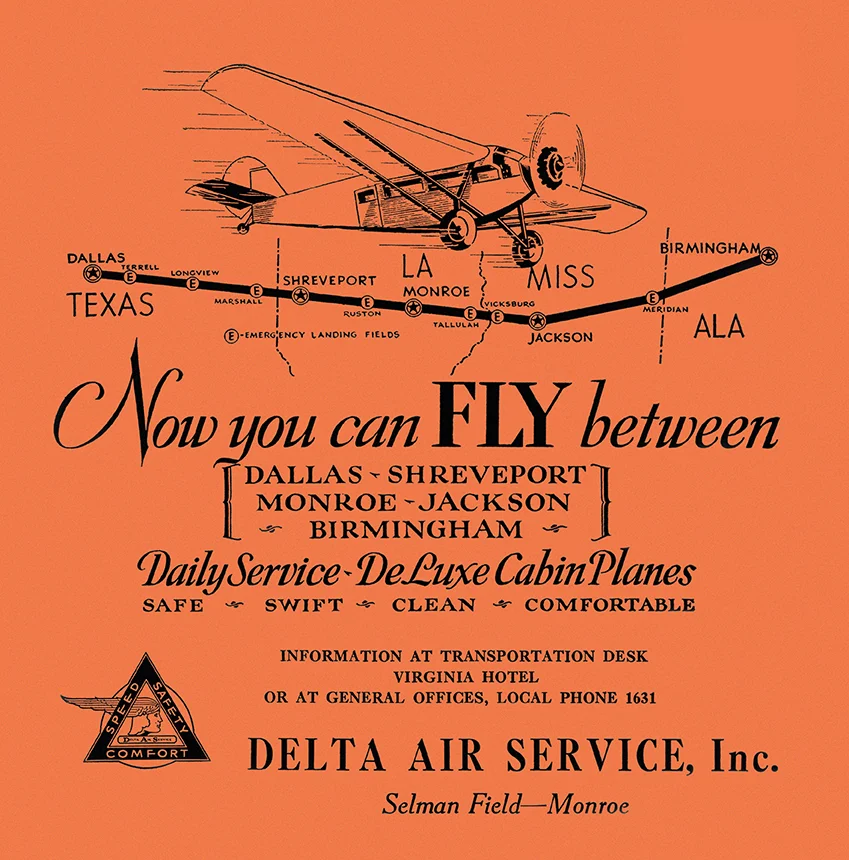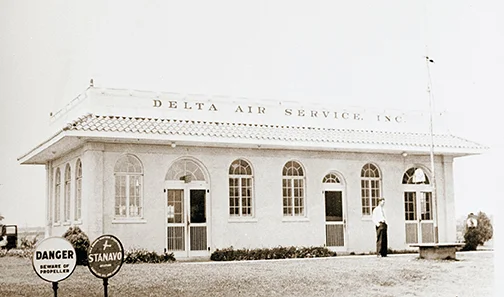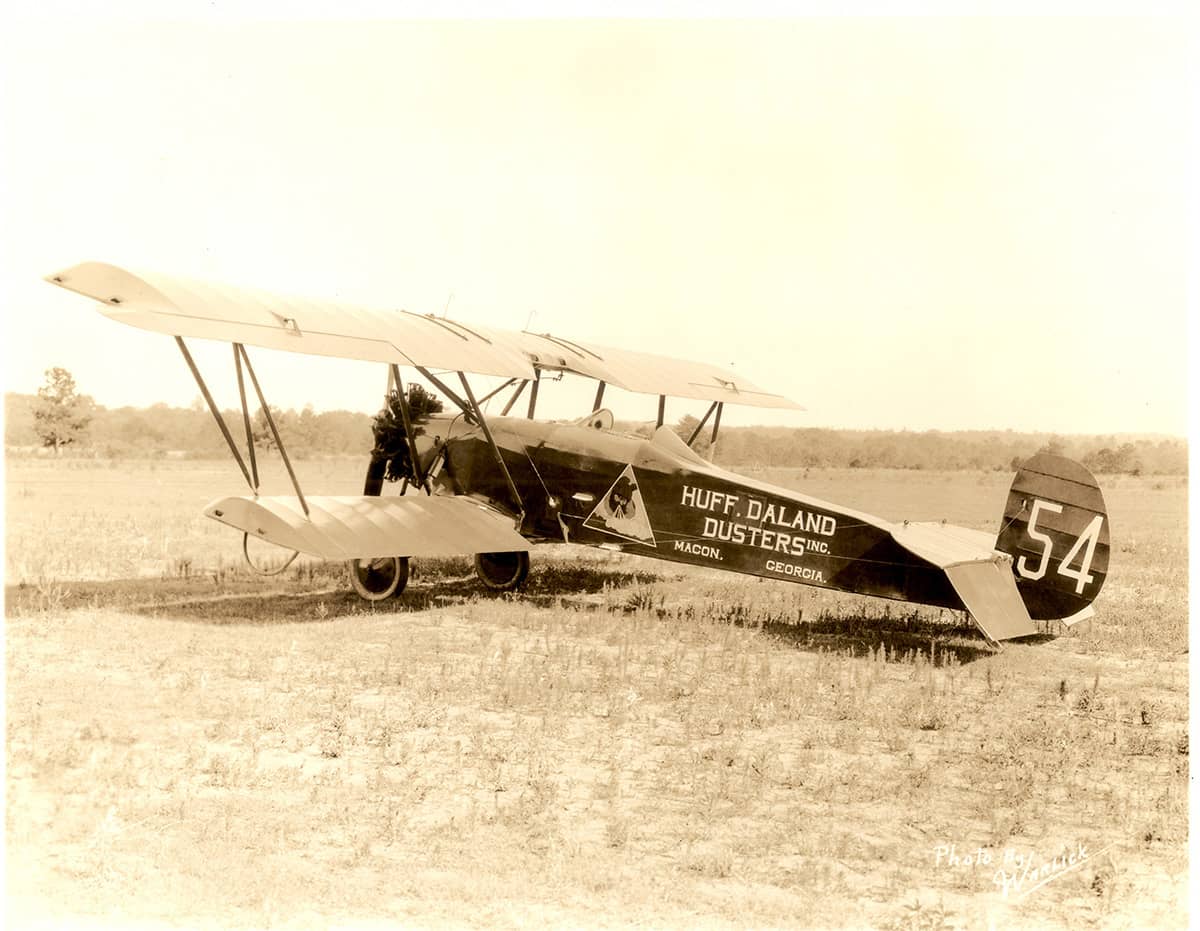
Delta's history begins with Huff Daland Dusters, the world’s first aerial crop-dusting company, incorporated on March 2, 1925.
This small, pioneering agricultural business was the result of a government, military and corporate partnership that came together in the early 1920s to improve methods for treating crops. At the time, the boll weevil insect was devastating the cotton industry and posed a serious financial threat to the South’s economy.
Delta's birth as a crop-dusting company is unique among the U.S. airlines. Taking an entrepreneurial risk, Delta also began passenger service in 1929 without air mail subsidies. Forced to suspend airline operations during the Great Depression, Delta survived and grew into one of the world's largest airlines. That spirit of innovation and customer service was embodied by Delta's principal founder C.E. Woolman, who joined Huff Daland Dusters in May 1925, and led Delta into the Jet Age.
See key events from Huff Daland Dusters to Delta:
History of aerial application begins when Army Lt. John Macready takes off from McCook Field in Dayton, Ohio, for the first experiment of crop dusting by airplane.
Entomologist Bert R. Coad begins tests for the U.S. Department of Agriculture. Uses loaned Army pilots and planes to dust cotton fields near the USDA’s Delta Laboratory in Tallulah, Louisiana.
Aircraft manufacturer Huff, Daland & Company, Inc., of Ogdensburg, New York, begins working with Coad to design and build an agricultural airplane.
Note: In July 1925, Huff, Daland & Company moved from Ogdensburg, N.Y. to Bristol, Pa., as Huff-Daland Airplanes, Inc. Renamed Keystone Aircraft Corp. in March 1927. Source: The Smithsonian National Air and Space Museum Directory of Airplanes.
First test flight of the Huff-Daland Duster, the first airplane built for crop dusting. Test pilot is world-famous Harold Harris on loan from the Army to the USDA.
First public aerial dusting demonstration is hosted in Athens, Ga., by the USDA; Huff, Daland & Company and Georgia State College of Agriculture at the University of Georgia. Loaned Army pilots fly three Huff-Daland Dusters.
First commercial airplane dusting for insect control in the United States. Huff, Daland & Company dusts 1,800 acres at 35 cents per acre at Robertshaw Company Plantation at Heathman, Mississippi (near Greenville, Ms).
Georgia State College of Agriculture hosts a meeting in Athens, Ga., for county agents, local farmers and Huff, Daland & Company representatives. Planning begins for commercial dusting in Georgia in 1925.
Huff, Daland & Company contracts with the Macon Chamber of Commerce to establish the headquarters of a dusting subsidiary company in Macon for the “dusting of peach and pecan orchards and cotton fields in Georgia.”
Huff, Daland & Company opens its dusting subsidiary office in the Bibb Building in downtown Macon, Georgia. The city is building a $5,000 hangar at the Camp Wheeler site.
